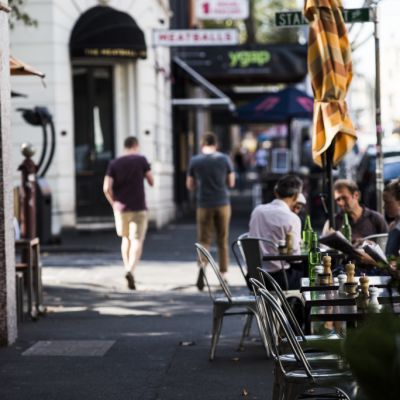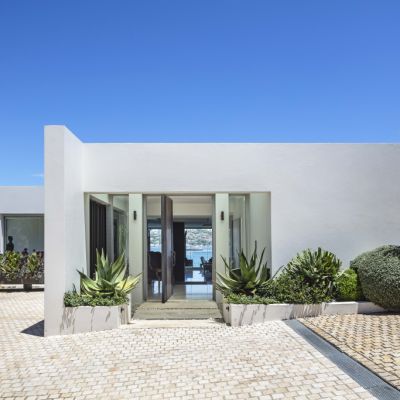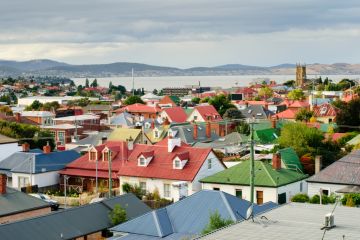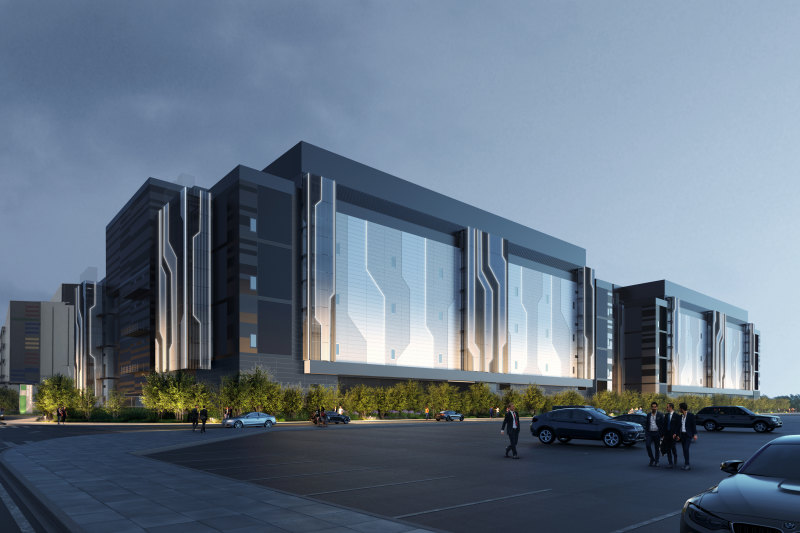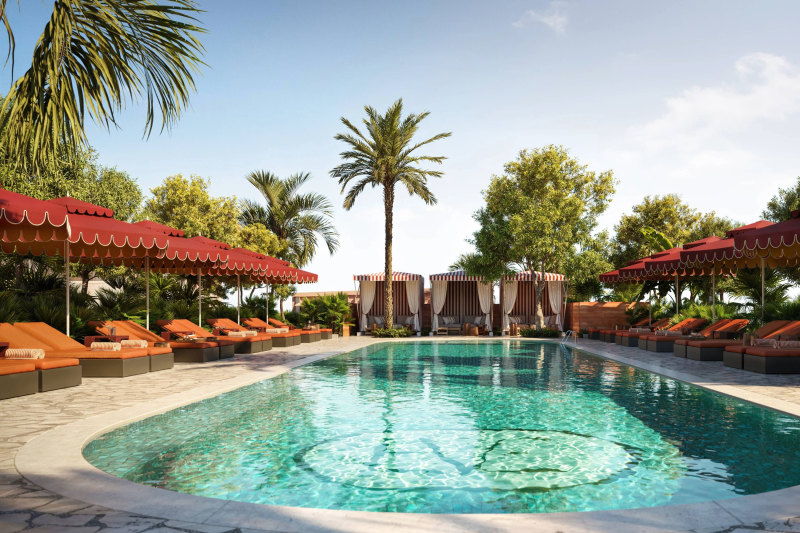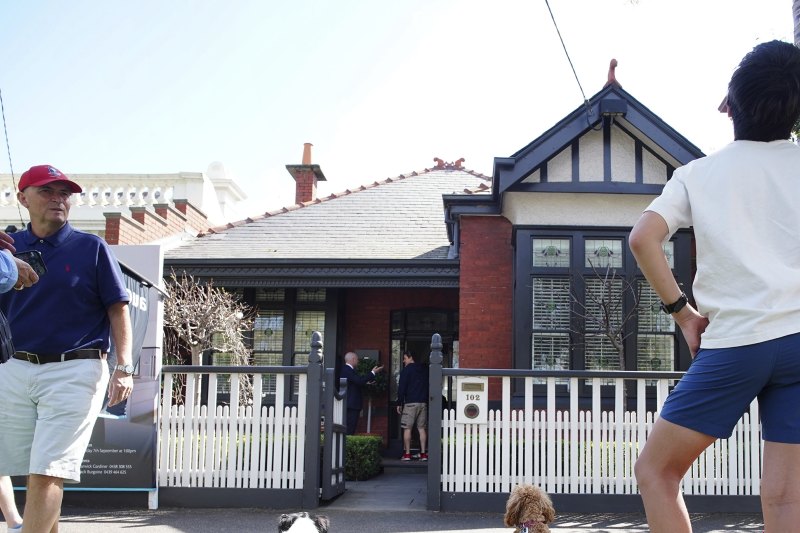Bates Smart lead the charge in reshaping an iconic Melbourne precinct, with 17 Spring Street
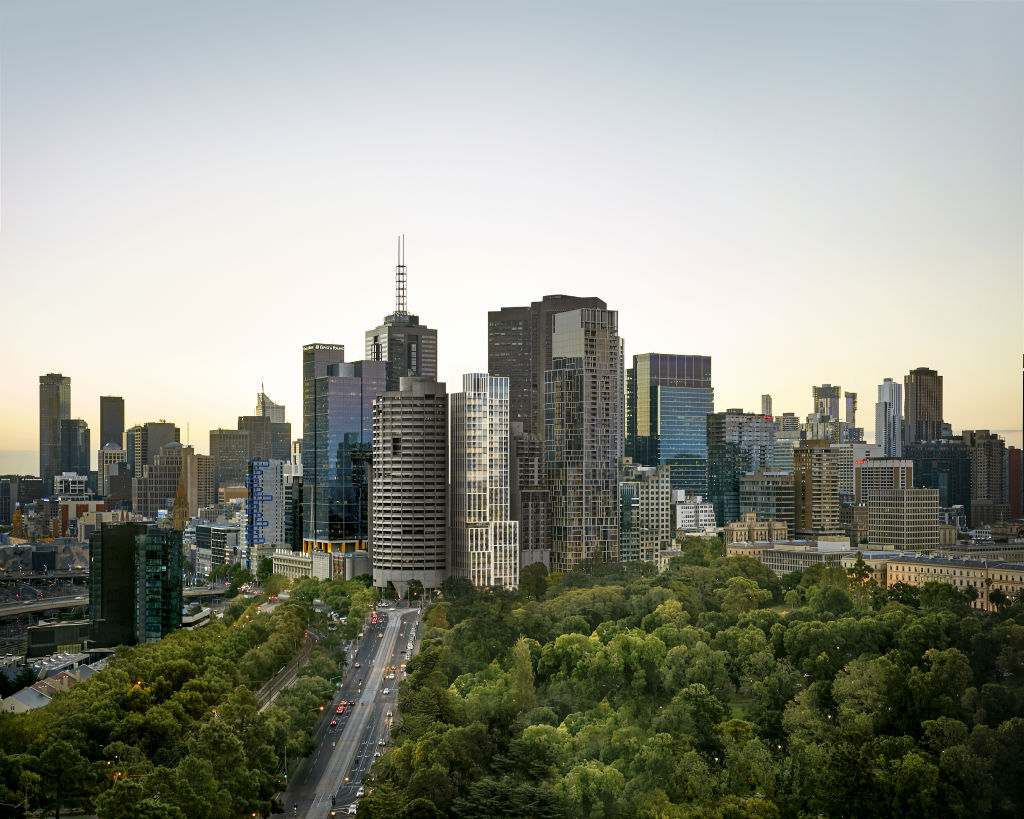
It takes but a few glances up and down Spring Street to know you’ve arrived at Melbourne’s top end of town. The majesty of Windsor Hotel, the grandeur of Parliament House and the sparkle of the Princess Theatre make an impressive line-up.
Just like the “Paris end” of Collins Street, Spring Street has earned a reputation for being a league or two above other city streets.
Its position is coveted for the tranquil greenery of Treasury Gardens and its proximity to all the sports action Melburnians rejoice in at the MCG and Rod Laver Arena. Some of the city’s best boutique shops are just around the corner and top-tier restaurants such as Coda and Cumulus Inc can be found at this end of town.
Architecturally, its buildings are rich in history and prestige. Parliament House, one of Melbourne’s most recognisable landmarks, was opened in 1856, followed a year later by the Princess Theatre and the Windsor in 1888. While these powerful drawcards have long made Spring Street the undisputed top end of town, it’s clear that change is afoot.
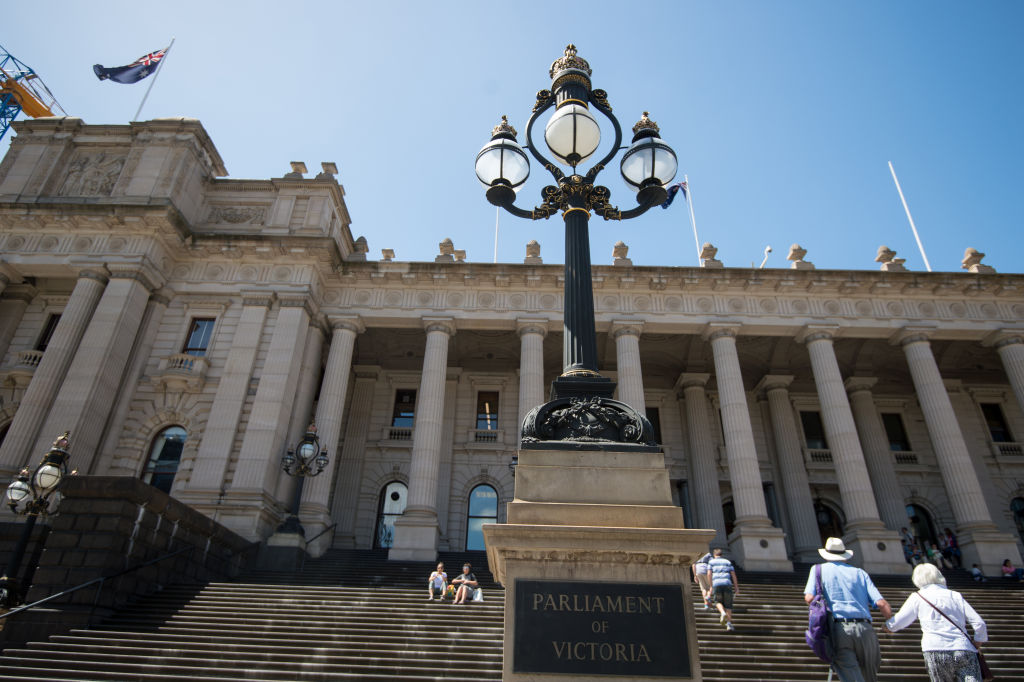
For decades its name has commonly been referred to when discussing political machinations. It is, after all, where you can find ministers enjoying a coffee at The European or an after-work wine at The Supper Club.
But these days Spring Street is becoming more synonymous with high-end apartment developments. Residential projects are injecting new life into this “old Melbourne” area.
But rest assured, it doesn’t come at the expense of the well-established stately style.
Kristen Whittle, director of Bates Smart architecture studio, is leading the charge with the recently completed 43-storey building at 35 Spring, and 17 Spring, which is soon to begin construction.
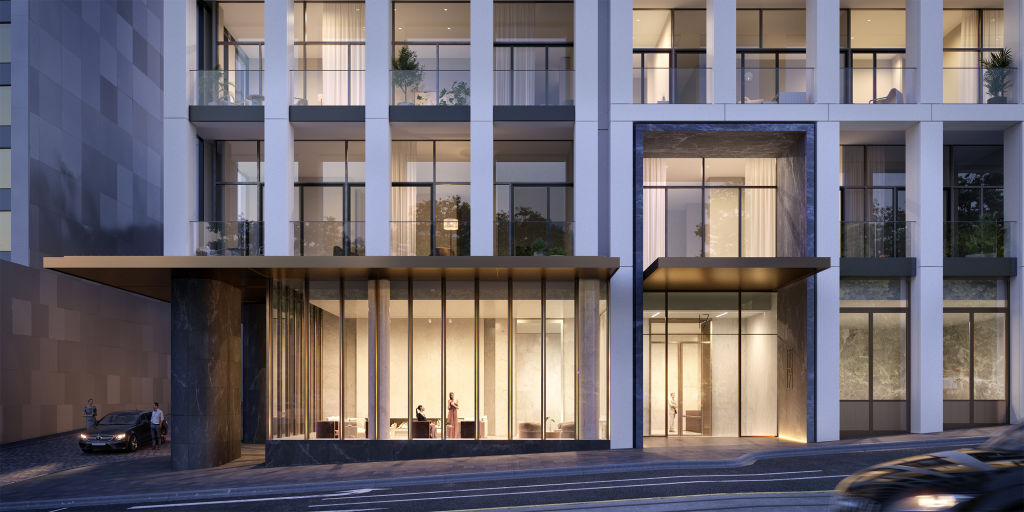
He says these contemporary towers are the missing links needed to enhance the street.
“At the moment there’s a patchwork of old and new buildings along Spring Street,” he says.
“So the intention is to consolidate the look and feel of Spring Street, specifically the Collins Street and Spring Street part of that precinct because it’s got such a wonderful tonality, such a wonderful kind of consistency and such a beautiful green edge.
“It just needs to have a couple of pieces and you would have a complete and pure beautiful civic precinct of the city.”
The intention is to consolidate the look and feel of Spring Street … it’s got such a wonderful tonality”
Although it brings a modern presence to the historic street, the 36-level tower set to replace the Mercure Hotel at 17 Spring Street will reflect the character of surrounding 19th-century buildings. These include the National Bank of Australia building at 460 Collins Street and the former AMP building at 419-429 Collins Street. Both are examples of palazzo-style architecture, based on the palaces built by wealthy Italian families during the Renaissance.
Whittle says his design at 17 Spring Street embodies the same principles. “It has, through its proportions, a strong vertical dimension, which gives it a level of majesty and monumentality that would be rare within the grid of the city,” he says. “It has an enduring and timeless quality. It’s something that I think people will revere in 100 years time.”
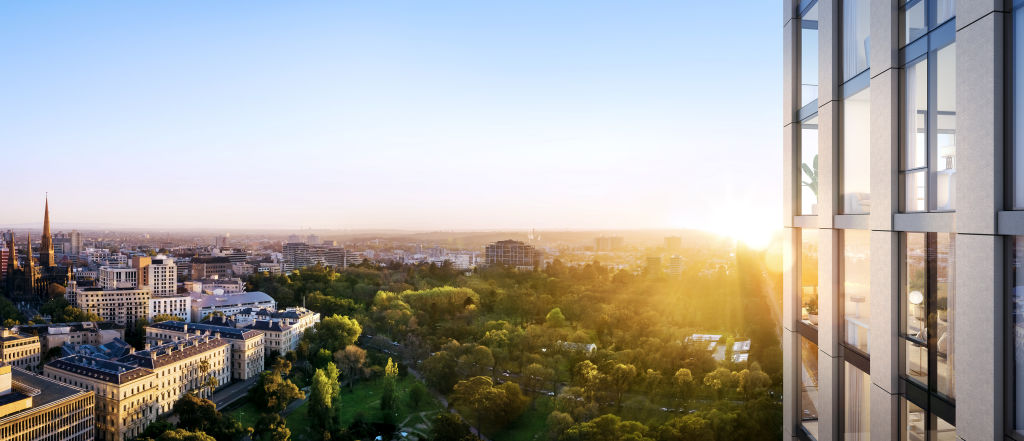
Upholding the tone of strength and quality that was set by Melbourne’s earliest architects was critical for the Bates Smart interior design team, led by Jeff Copolov.
“The whole idea is that we wanted to create a holistic building where the outside and inside was one fully integrated proposition, which was to highly respect the great street that is Spring Street,” he says.
“I think this is one of Melbourne’s great CBD streets and arguably the finest. So we wanted to create a building that was seamlessly integrated from the outside to the inside, in the great way of the classical buildings of the past where the inside and the outside were one entire bespoke proposition.”
Bates Smart has a prominent profile when it comes to landmark Melbourne designs, with its work including Federation Square, the Melburnian and the Royal Children’s Hospital.
The firm teamed with super fund developer Cbus Property to deliver 35 Spring Street, which won an Australian Institute of Architects award last year in the Residential Architecture – Multiple Housing category.
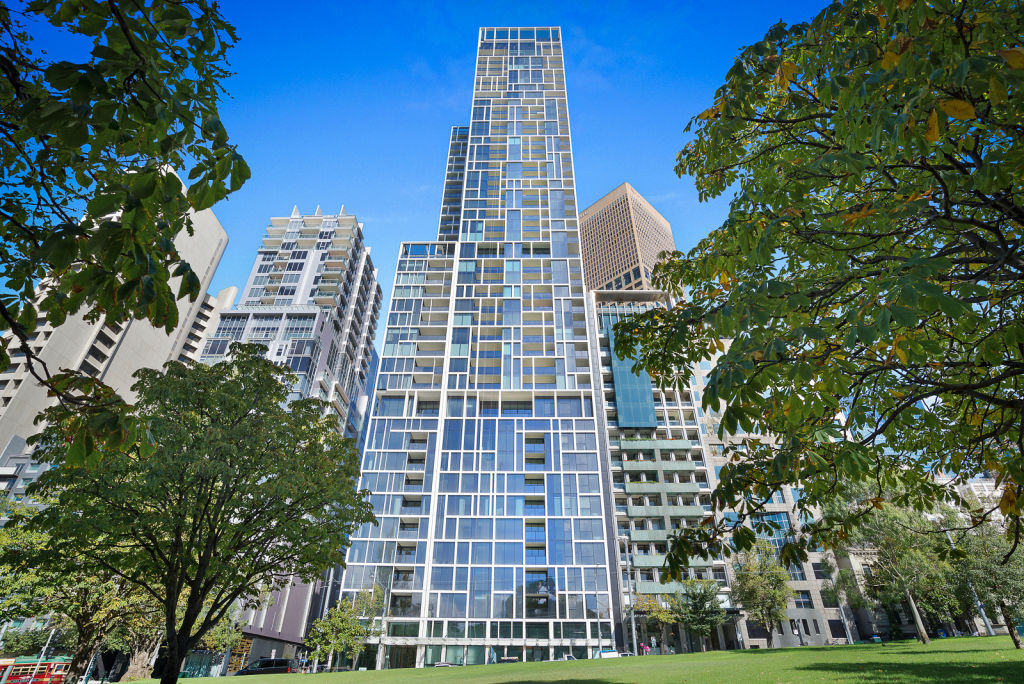
Cbus and Bates Smart will collaborate again to develop the tower at 17 Spring Street. But whereas 35 Spring Street housed 241 apartments, 17 Spring will comprise just 73.
Most will be three-bedroom apartments or larger half and whole-floor homes, unlike the bulk of Melbourne’s residential skyscrapers
that contain one and two-bedroom residences.
“We wanted to create the idea that this was not just another block of flats, not just another one of 500 apartments in a tall building in Melbourne, faceless, nameless and soulless,” Copolov says. “It’s very much about creating a boutique experience that’s very personalised and crafted, a bit like one goes to a high-end tailor to have something especially made for you.”
In keeping with the old-world charm of the top end, 17 Spring Street will feature a porte-cochere where residents can drive into a covered circular driveway. Further upmarket features include a ground-floor residents’ lounge with a fireplace near the lobby and on level two a pool and spa. A second residents’ lounge can be found on the third level, along with a dining room and wine cellar adjoining a landscaped terrace and garden.
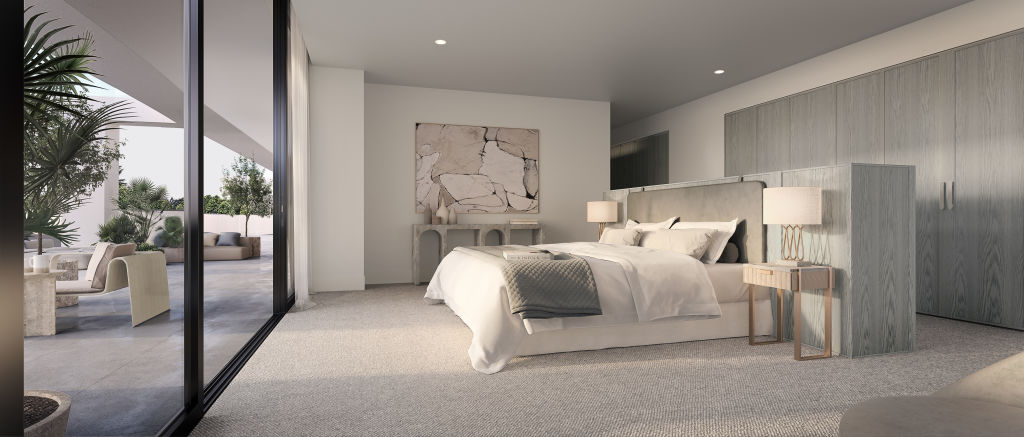
With prices starting at $2 million for two-bedroom apartments, the building will conform to the street’s reputation for attracting high-flyers.
Cbus chief executive Adrian Pozzo says the project will appeal to downsizers and apartment upgraders.
“We’re expecting owner-occupiers mainly because there are so few apartments,” he says.
The display suite can be viewed by appointment through Colliers International.
We thought you might like
States
Capital Cities
Capital Cities - Rentals
Popular Areas
Allhomes
More
